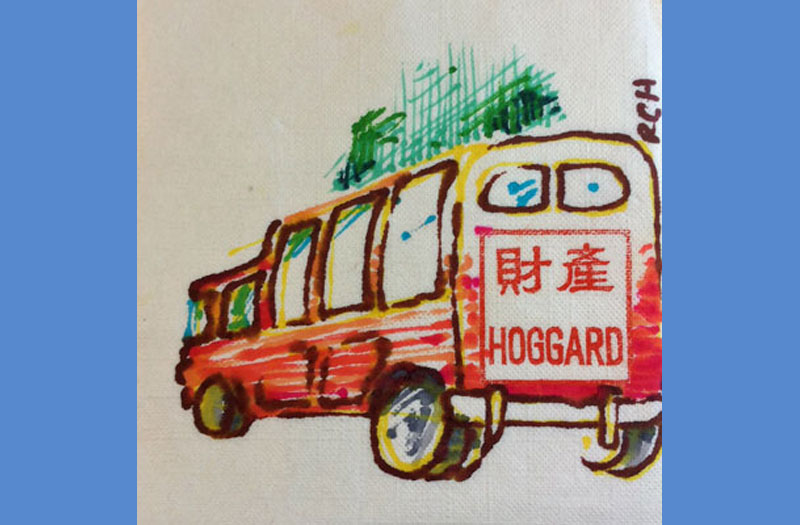The screeching of the brakes and the screams of the passengers woke me. I opened my eyes and saw the bus veering toward the guardrail. The next thing the bus was upside down. People flew in the air to the front of the bus in a swarm all bloody and broken. The next minute they flew back in the opposite direction. I was held in place by my seatbelt. I hung frozen in midair and watched. Suddenly the roof of the bus split open like a ripe tomato impaled by the top of a tree. Several bodies were ejected through the sharp opening at the top of the bus. Blood spewed everywhere. Windows shattered. The bus bent and crumbled into a twisted metallic mass as it cascaded down the cliff toward the ocean.
The legs of a man in front of me were pinned under the seat. His head was split open and the pupils of his eyes were fixed in a blank stare. I knew that the people who stayed in the bus were done, that they would die upon impact or suffocate miserably in the sea. A surge of adrenaline hit me. Instinctively I unfastened my seatbelt and jumped free of the bus through a broken window. My greatest fear was to drown in the ocean while trapped in the bus or to be burned alive in a fire. That was infinitely worse than any risk I could imagine as I jumped blindly into the air. I realized then I had no idea where I was in relationship to the ground below.
It was a rollercoaster ride through a horror show. It seemed like I sailed airborne in slow motion. I saw body parts and personal belongings strewn around on the limbs of the trees. I saw the final expressions of terror frozen on the faces of those left trapped inside the bus as it fell and fell and fell. The bus catapulted over the trees, zigzagged down the rocky cliffs, slammed into the ocean and quickly sank. Everything went black.
When I came to I found myself in a hole on the side of the cliff. Above me people walked around and searched for survivors or bodies. I was tired and bruised. I passed out and came to and passed out again. When I finally had the strength to climb out of the hole, the rescuers had moved on. I could hear yells in the distance and see flashlights swirl through the trees. Something, a vague idea that I could change my life, prevented me from calling out.
I found my way slowly to the top of the cliff. I took all the cash out of my wallet and put it in my pocket. I threw the wallet with my identification back down the cliff. I assumed they would find it eventually. That would be the end of one chapter. No one noticed as I walked away.
………………
After death human remains change according to the environment. On land, bacteria and other microbes in the body will rapidly multiply and break down the soft tissue. Shortly after death, flies and other insects consume the soft tissue. Vultures, dogs or other large mammals may also take pieces of the decomposing flesh, sometimes reducing the corpse into a skeleton in a few days. On the open ocean, however, flies and other insects are largely absent. And, if the body is floating in water less than 70 degrees for about three weeks, the tissues turn into a soapy fatty acid known as grave wax that halts bacterial growth. The skin may blister and turn greenish black. Crabs and small fish may feed on the soft parts of the face like the eyes and lips. Bodies recovered in the first week may still be in good condition, but the decomposition will progress rapidly in the days following. At that point bodies can only be identified through DNA analysis or dental records. In warm water decomposition may be more rapid. A body discovered by sharks can be reduced to shreds almost immediately. Many bodies lost at sea are never found or recovered and the presumption of death can only be determined by ancillary evidence.


gruesome!
Oi!
YIKES! . . . . . Are you kidding me????
Creepy
I think he must have eaten something that disagreed with him?
Try an Alka Seltzer and see if the fizz helps ease the pain.
This is the sequel
https://thinkinthemorning.com/here-i-am-washing-dishes/